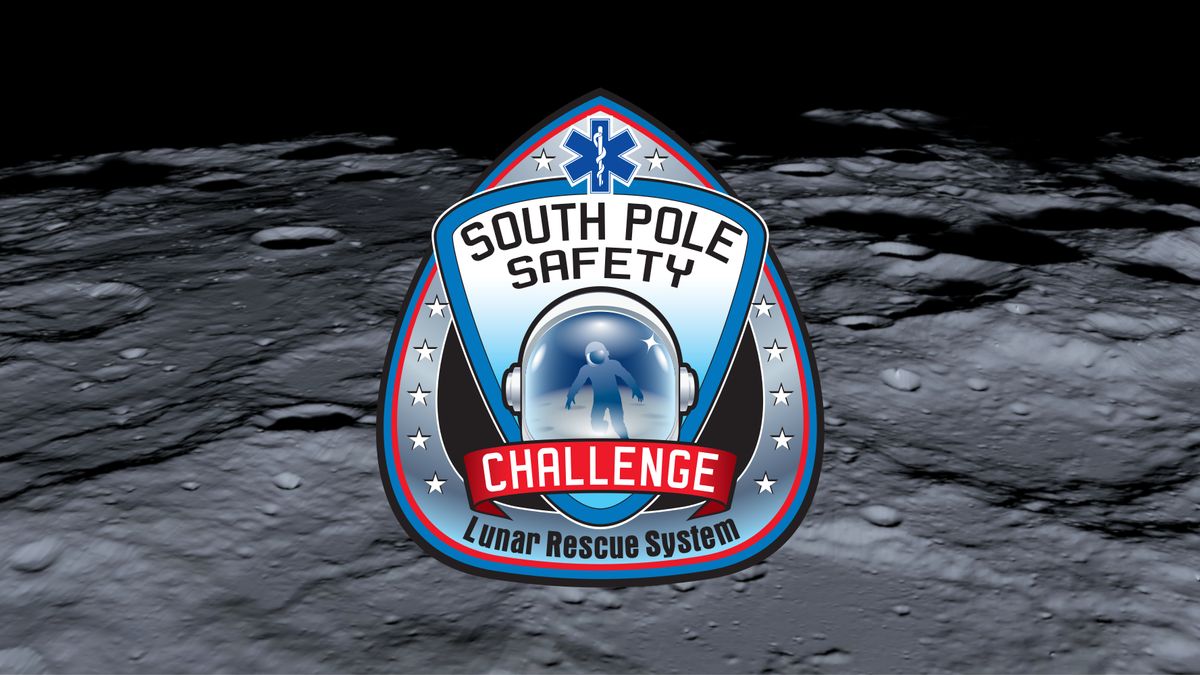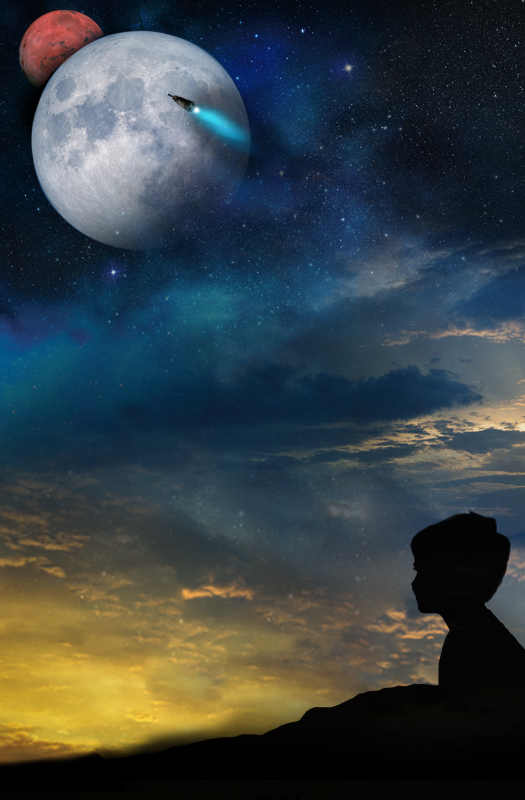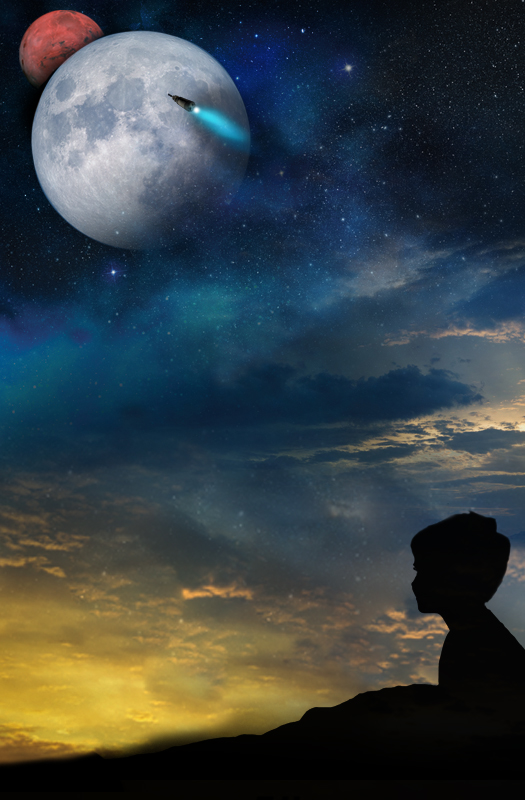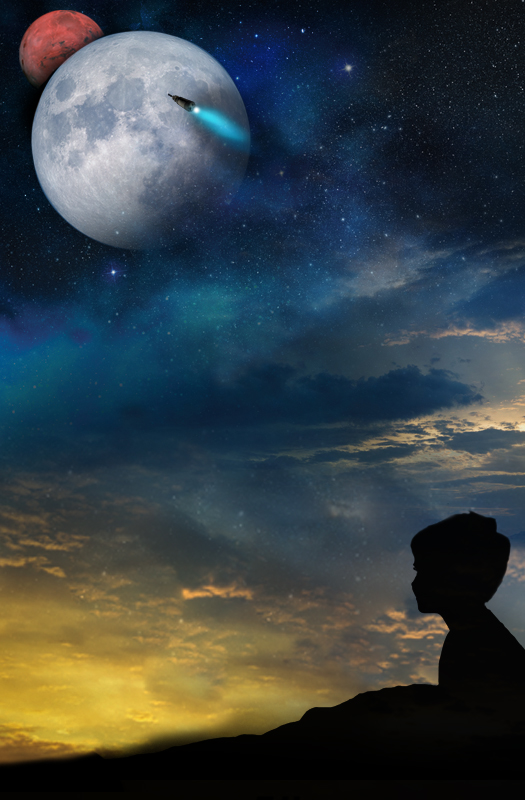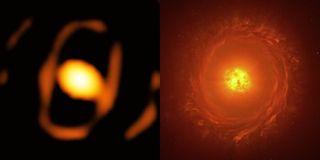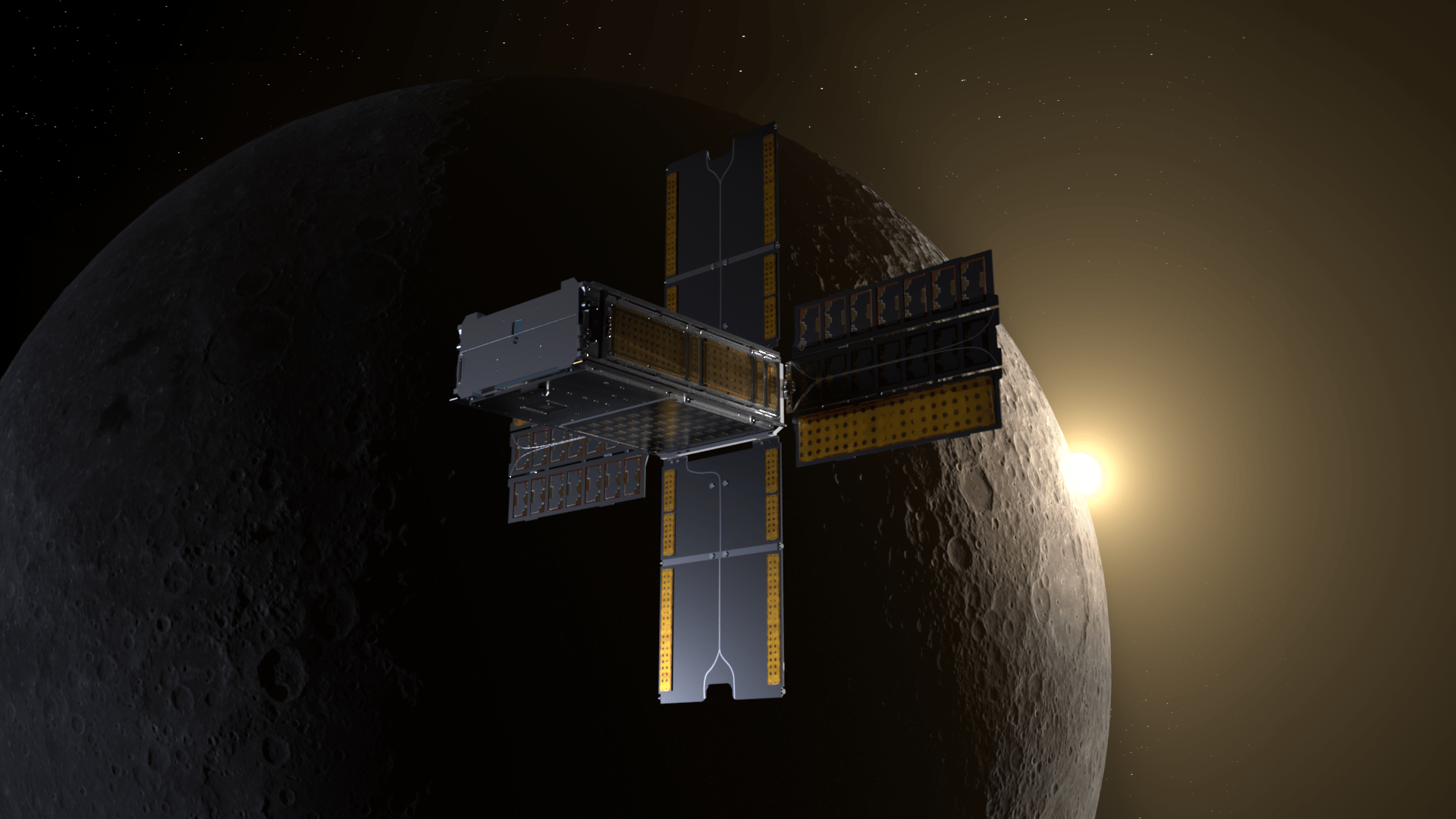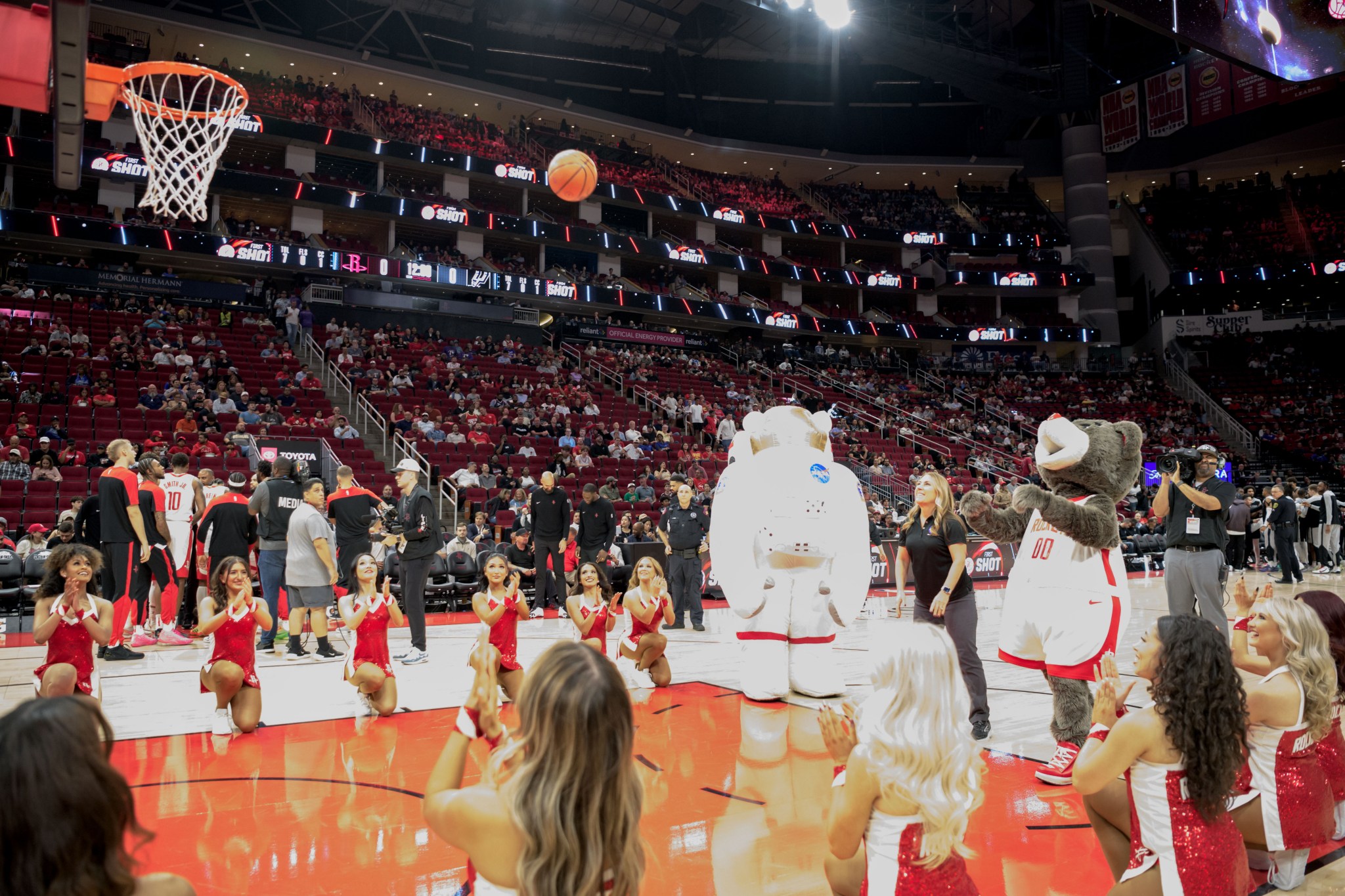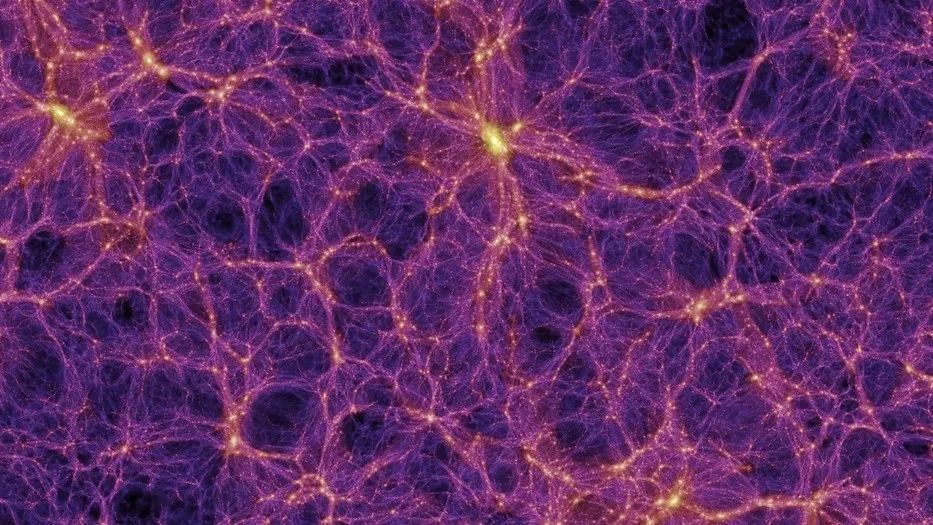NASA wants ideas on how to create emergency response plans for future missions to the moon. The space agency’s South Pole Safety challenge focuses on the development of innovative solutions for a compact, efficient system that astronauts can use in the event of an emergency during extravehicular activities (EVAs) on the lunar surface. Participants are asked to submit technical design concepts that could be adapted for NASA’s Artemis program. “If an astronaut crew member becomes incapacitated during a mission, the ability to return them safely and promptly to the human…
Read MoreMonth: November 2024
Early Stage Innovations (ESI) 2024
1 min read Preparations for Next Moonwalk Simulations Underway (and Underwater) Back to ESI Home Computational Materials Engineering for Lunar Metals Welding Azadeh HaghighiUniversity of Illinois, ChicagoWeld-ASSIST: Weldability Assessment for In-Space Conditions using a Digital Twin Wei LiUniversity of Texas at DallasIntegrated Computational Materials Modelling Framework for Investigating the Process-Structure-Property Linkage of the Lunar Metal Welding with Internal Defects Passive Lunar Dust Control through Advanced Materials and Surface Engineering SungWoo NamUniversity of California, IrvineDeformable Crumpled Nano-ball Coatings with Adaptable Adhesion and Mechanical Energy Absorption for Lunar Dust Mitigation Chih-Hao ChangUniversity of Texas at AustinEngineering the Adhesion…
Read MoreWeld-ASSIST: Weldability Assessment for In-Space Conditions using a Digital Twin
2 min read Preparations for Next Moonwalk Simulations Underway (and Underwater) ESI24 Haghighi Quadchart Azadeh HaghighiUniversity of Illinois, Chicago In-space manufacturing and assembly are vital to NASA’s long-term exploration goals, especially for the Moon and Mars missions. Deploying welding technology in space enables the assembly and repair of structures, reducing logistical burdens and supply needs from Earth. The unique challenges and extreme conditions of space–high thermal variations, microgravity, and vacuum–require advanced welding techniques and computational tools to ensure reliability, repeatability, safety, and structural integrity in one-shot weld scenarios. For the first…
Read MoreIntegrated Computational Materials Modelling Framework for Investigating the Process-Structure-Property Linkage of the Lunar Metal Welding with Internal Defects
1 min read Preparations for Next Moonwalk Simulations Underway (and Underwater) ESI24 Li Quadchart Wei LiUniversity of Texas at Dallas Internal defects are always formed in laser welding process due to the keyhole instability, molten pool collapse, and rapid solidification. The extreme lunar environment complicates the reliable implementation of welding, thereby enhancing the welding defects formation. The welding defects are critical material barriers preventing the metal components from Moon exploration. Professor Wei Li’s team will establish an integrated computational materials modelling framework to study the process-structure-property linkage of laser welding under…
Read MoreStar imaged in detail outside the Milky Way for the 1st time (image, video)
Astronomers have captured a “zoomed-in” image of a star outside the Milky Way for the first time. The team brought the vast red supergiant star designated WOH G64 into focus using the Very Large Telescope Interferometer (VLTI). WOH G64 is located a staggering 160,000 light-years away in the Large Magellanic Cloud (LMC), a satellite dwarf galaxy companion of the Milky Way. Astronomers have known of the existence of this star for some time, and it has earned the nickname the “behemoth star” because it is an incredible 2,000 times the…
Read MoreWhat’s next for SpaceX’s Starship after its successful 6th test flight?
The biggest and most powerful rocket ever built now has six test flights under its belt — and it’s just getting started. SpaceX launched its 400-foot-tall (122-meter-tall) Starship megarocket for the sixth time ever on Tuesday (Nov. 19), sending the giant stainless-steel vehicle skyward from its Starbase site in South Texas. Starship performed well throughout the lengthy trial. Its Super Heavy first stage splashed down softly in the Gulf of Mexico after an issue with the launch tower precluded a planned “chopsticks” catch-landing back at the pad, and the “Ship”…
Read MoreSTS-129 Crew Aboard the Space Station
The STS-129 crew members posed for a portrait following a joint news conference on Nov. 24, 2009, with the Expedition 21 crew members (out of frame) on the International Space Station. Pictured (clockwise) from bottom left are astronauts Charles O. Hobaugh, commander; Mike Foreman, Leland Melvin, Robert L. Satcher Jr. and Randy Bresnik, all mission specialists; along with Barry E. Wilmore, pilot; and Nicole Stott, mission specialist.
Read MoreWhat is BioSentinel?
llustration of BioSentinel’s spacecraft flying past the Moon. NASA/Daniel Rutter Editor’s Note: This article was updated Nov. 20, 2024 shortly after BioSentinel’s mission marked two years of operation in deep space. Astronauts live in a pretty extreme environment aboard the International Space Station. Orbiting about 250 miles above the Earth in the weightlessness of microgravity, they rely on commercial cargo missions about every two months to deliver new supplies and experiments. And yet, this place is relatively protected in terms of space radiation. The Earth’s magnetic field shields space station crew from much of the…
Read MoreShooting for the Stars: NASA Lights Up the Court at Toyota Center
On Nov. 6, 2024, NASA Night brought cosmic excitement to the Toyota Center, where Johnson Space Center employees joined 16,208 fans who interacted with NASA as they watched the Houston Rockets claim victory over the San Antonio Spurs. Energy soared as International Space Station Program Manager Dana Weigel stepped up to take the first shot. International Space Station Program Manager Dana Weigel takes the first shot on Nov. 6, 2024, as the Houston Rockets go up against the San Antonio Spurs at Toyota Center. NASA/Helen Arase Vargas The ceremonial first…
Read More‘Superhighways’ connecting the cosmic web could unlock secrets about dark matter
Giant filaments crisscross the universe, connecting galaxy clusters like superhighways between cities. Their shape and structure encode vital information about the contents and history of the universe. But due to their complex shapes, they are stubbornly difficult to measure. Now, researchers have presented a new method for measuring these filaments’ mass, which could be used to unlock secrets about dark matter and dark energy. At the very largest scales, our universe resembles a spider web. Known appropriately as the cosmic web, it is the largest pattern found in nature. Within…
Read More